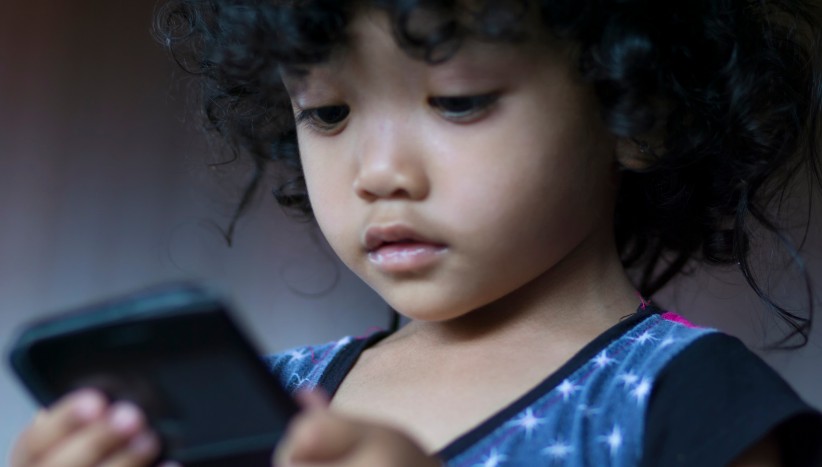The Council of Europe’s Group of Experts on Action against Trafficking in Human Beings (GRETA) has published its annual report for 2021. During 2021 GRETA was able to achieve a number of milestones in spite of the negative impact of the COVID-19 pandemic, and continued to develop its cooperation with other Council of Europe bodies, other international organisations and civil society to prevent and combat human trafficking. It carried out ten country evaluation visits and adopted third round evaluation reports on six countries (France, Latvia, Malta, Montenegro, Romania and the United Kingdom). Israel became the second Council of Europe non-member state to accede to the anti-trafficking convention.
In the report, GRETA’s president Helga Gayer stresses that child trafficking has continued to increase despite legislative and policy measures taken by states parties to the anti-trafficking convention. “The COVID-19 pandemic has made children even more vulnerable to trafficking, including exploitation online. All actors involved in action against human trafficking need to step up efforts to combat child trafficking and develop innovative approaches to protect children”, she said. The report contains the key findings and recommendations of a study on online and technology-facilitated trafficking in human beings based on information provided by 40 states parties to the Council of Europe Convention on Action against Trafficking in Human Beings, 12 NGOs and two IT companies.
The study assesses the extent to which technology impacts human trafficking, the operational and legal challenges in detecting, investigating and prosecuting online and ICT-facilitated human trafficking offences, and contains a set of recommendations. The study also explores strategies, tools and good practices adopted by states parties to overcome such challenges. These include Internet monitoring, web-scraping tools and social network analysis. The involvement and co-operation of a wide range of agencies and knowledge sharing are crucial, as is cross-border co-operation in securing electronic evidence.
Technology-based tools to identify victims of trafficking, such as facial recognition and web-crawlers, can be valuable in performing data reduction and handling large volumes of information; however, the study points out that they raise ethical concerns and should only be employed by well-trained operators with knowledge on human trafficking. Online self-reporting mechanisms and helplines enable victims to seek assistance and disseminate information to communities at risk. The study recommends enhancing online confidential reporting mechanisms and working with private companies to set up mechanisms to flag up suspicious activities and advertisements. Countries should also develop data-sharing procedures and co-operation protocols with companies holding relevant data.
“The COVID-19 pandemic and ICT developments have produced structural changes in human traffickers´ modi operandi, which requires countries to adapt and equip their law enforcement agencies and criminal justice systems with capabilities to tackle the changing environment. To counter the use of ICTs by human traffickers, it is essential that governments invest in the training of law enforcement personnel, provide adequate resources and enhance their cooperation with private companies and with other national authorities”, said GRETA’s President Helga Gayer.
Council of Europe: Group of Experts on Action against Trafficking in Human Beings (GRETA)
Council of Europe: GRETA's Annual Report (2022)
Council of Europe: GRETA's Study on Online and Technology-Facilitated Trafficking in Human Beings (full report)




